In 2013, we were privileged and proud to share the first-ever harvests of the He Family’s ingenious new Laoshan Green Oolong and Laoshan Roasted Oolong. Almost ten years later, these two teas still represent true innovation in the industry, both domestically in the Chinese market and internationally here in the United States.
Green Tea Farmers
Make Oolong Tea – Why?
Mt. Lao’s Hidden Taoist Tea Gardens
Laoshan hasn’t always cultivated oolong tea. In fact, at less than 100 years old, even the more traditional Laoshan Green tea is still very new.
Laoshan Village grew up around a Taoist Holy mountain of the same name: a village of farmers and fishermen supplying the hermits meditating in caves and monks in Taoist temples, and supplying nearby Qingdao with it’s pristine spring water, wild-foraged mushrooms and local clams.
Legend has it that the Taoist priests brought tea seedlings from Dragonwell hundreds of years ago to grow in their temple courtyards. Early tea was prized for its caffeine, helping novice monks stay awake through long meditation. Tea stayed secret in Laoshan for centuries, quietly flourishing in the cloistered courtyards of Laoshan’s many mountaintop temples.
Only the Communist revolution brought tea out of hiding. When cadres came to the temples to redistribute land to the local farmers and banish old religions, they were stopped in their tracks by verdant tea gardens.
Revolution: Tea comes to Laoshan Village
Tea in Laoshan was seen as miraculous. The army tried to plant large-scale farms as a fast cash-crop for the region, but failed miserably. Legend goes that every seedling they touched withered and died. If you travel to Qingdao’s beautiful central Zhongshan Park, you can still see a small gated tea research facility, part of the cadre’s original efforts to force tea to grow in Shandong.
Our farmer-partner Mr. He in Laoshan tells the story of the night his father was visited by the exiled Taoists and given seedlings. Priests stole back their tea and gave it to leaders in the community to plant and grow. Mr. He proudly describes how his father planted the tea, watching it flourish while the army’s attempts ended in failure. Since that fateful year, the He Family has been growing his family’s gardens, planting tea along their beautiful ocean-facing mountainside. Since 1950, his family has been leading the village in producing fine rolled and curled green teas.
Tradition & Innovation: Green Tea is only the Beginning
Why green tea?
The Taoist monks made green tea: their plants had came from Dragonwell, home of China’s most famous green tea. Green tea is the most reliable place to start. Its flavors reveal the taste of the land and water, while its processing techniques are (relatively!) easier to master.
The He Family are respected for their green tea, and looked up to as teachers and mentors for their neighbors. In fact, a whole district of the village is named the He Distrct in their family’s honor. Yet the He Family is not content to make just green tea. Mr. He remembers that tea was given to his family as a gift. He wants to keep pushing tea in Laoshan to be all that it can be.
Since he started working with Verdant Tea, he has been able to take huge risks on experimental crops, first making their hugely popular Laoshan Black, and now, trying his hand at one of the most complex and difficult to make teas in the world- oolong tea.
The Glamour and Challenge of Oolong Tea
Why would a respected tea farming family risk their precious tea leaves and make an oolongtea?
On our last visit with the He Family, we spoke at length about the differences between Northern and Southern culture in China. We also talked about how far Laoshan is from the best-known tea growing regions like Fujian, Zhejiang and Yunnan.
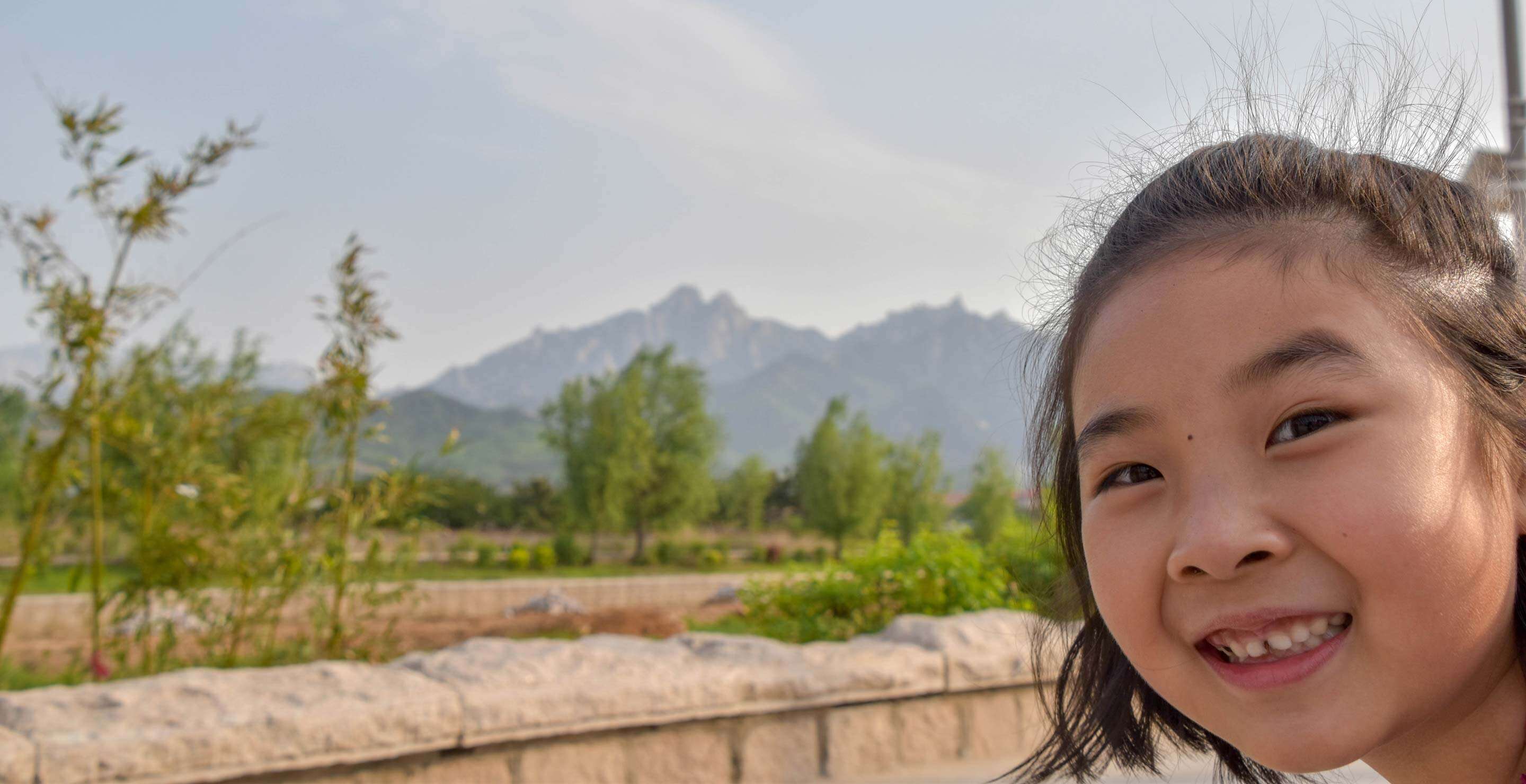
In China, tea belongs to the Southern culture. Though the He Family is making some of the best green tea in the world, tea lovers in Dragonwell or Anxi think nothing of Laoshan. It would be like a secret wine-maker in my home state of Minnesota producing wines that overshadowed California, France and Italy. Absolutely no one would believe them!

He Qingqing, Verdant Tea’s co-owner, went to college with many a proud Fujian native. Even her good friend, Weiwei Ren, makes no secret of her deep love for Anxi Tieguanyin Oolongs. When the He Family’s friends and collegues in Fujian declare that no Northern tea farm could ever master the complexities of making oolong tea, what’s a proud Shandong native to do but rise to challenge?
In 2013, Mr. He and Qingqing set out to prove that Laoshan is capable of crafting truly fine tea, worthy of respect on the wider world stage. First green tea, then black tea, and now, the real show-stopper: laoshan oolong tea. Their amazing success demonstrates once and for all that great tea doesn’t come only from tradition, but rather from a combination hard work, land stewardship and inspired innovation. The success of the He Family with both Laoshan Roasted Oolong and Laoshan Green Oolong inspire, and can serve as catalyst for experimentation in villages across China, and ultimately, the herald of higher quality tea for years to come.
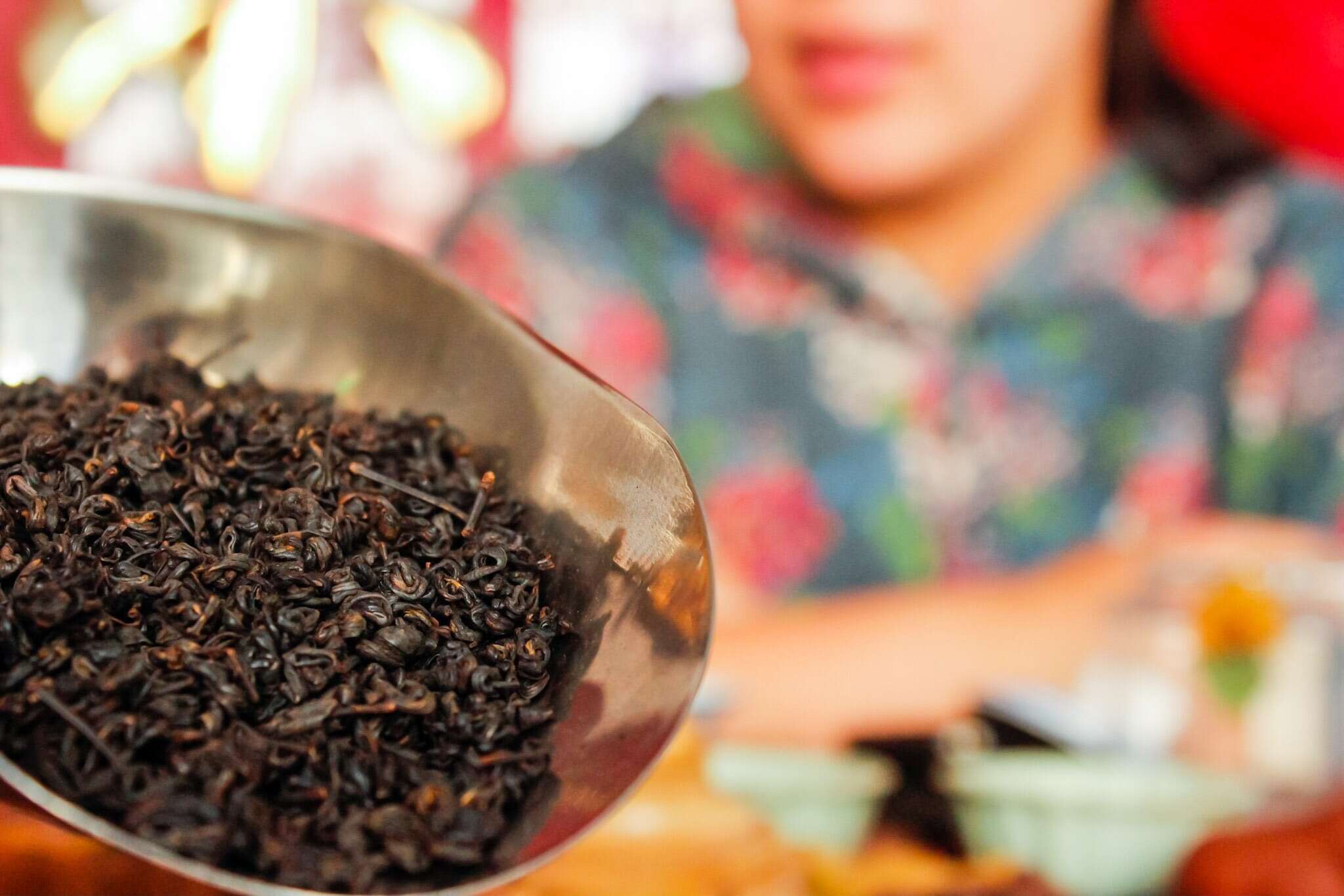
How it’s Made: Laoshan Oolong Tea
Making oolong tea is an extremely labor-intensive and precise process, demanding hours of attention and a master’s palate and nose.
The He family starts picking tea at about 5:00AM to be sure that the tea is protected from the midday sun. The tea is allowed to air dry in bamboo baskets as Mr. He, his wife. and their daughters pick through every leaf by hand to make sure that the shapes are all perfect for making oolong. For dark oolongs, they allow the tea to oxidize after shaping but before final fixing.
For greener oolongs, a traditional drying over several hours is appropriate. Next, the tea is withered over a carefully-tended wood fire, inspected and re-sorted. After sorting, the leaves are tumble-dried further until they have just enough moisture for the critical process that defines oolong – bruising.
Bruising releases enzymes by breaking down the plant cell walls and allowing for a unique oxidization that yields the floral creamy flavor that we have come to know and love in our oolongs. Bruising is done slowly and carefully over extremely low heat.
When everyone is satisfied, the tea is fully dried and heat set in a pan with holes for hot air to pass through for even finishing. This last step can be extended for a deeper roast, or done quickly for a greener finish.
Finally, the tea is inspected leaf by leaf one last time, tasted, and sealed.
The full process takes about 8-10 hours and the labor of the whole family to yield just a few pounds of tea, but the result is beautiful!
Laoshan green oolong is rich creamy, subtly floral like Tieguanyin but hearty and beany in a way that only Laoshan tea can be. Laoshan roasted oolong is full of caramel and deep like Wuyi oolong but chocolatey and malty like Laoshan Black.
Innovation, Sustainability and Consumer Responsibility
It is inspiring to spend a week with the He family as they pick and finish Spring tea.
The He Family are real community leaders and visionaries, looking to improve village every year by protecting the land and finding a way to keep younger generations interested in growing tea. Every year, they take risks, even if it means dozens of hours of labor for just a few pounds of tea.
The He Family does this to push their industry further, to go beyond the common mentality of looking to the past and adhering only to tradition.
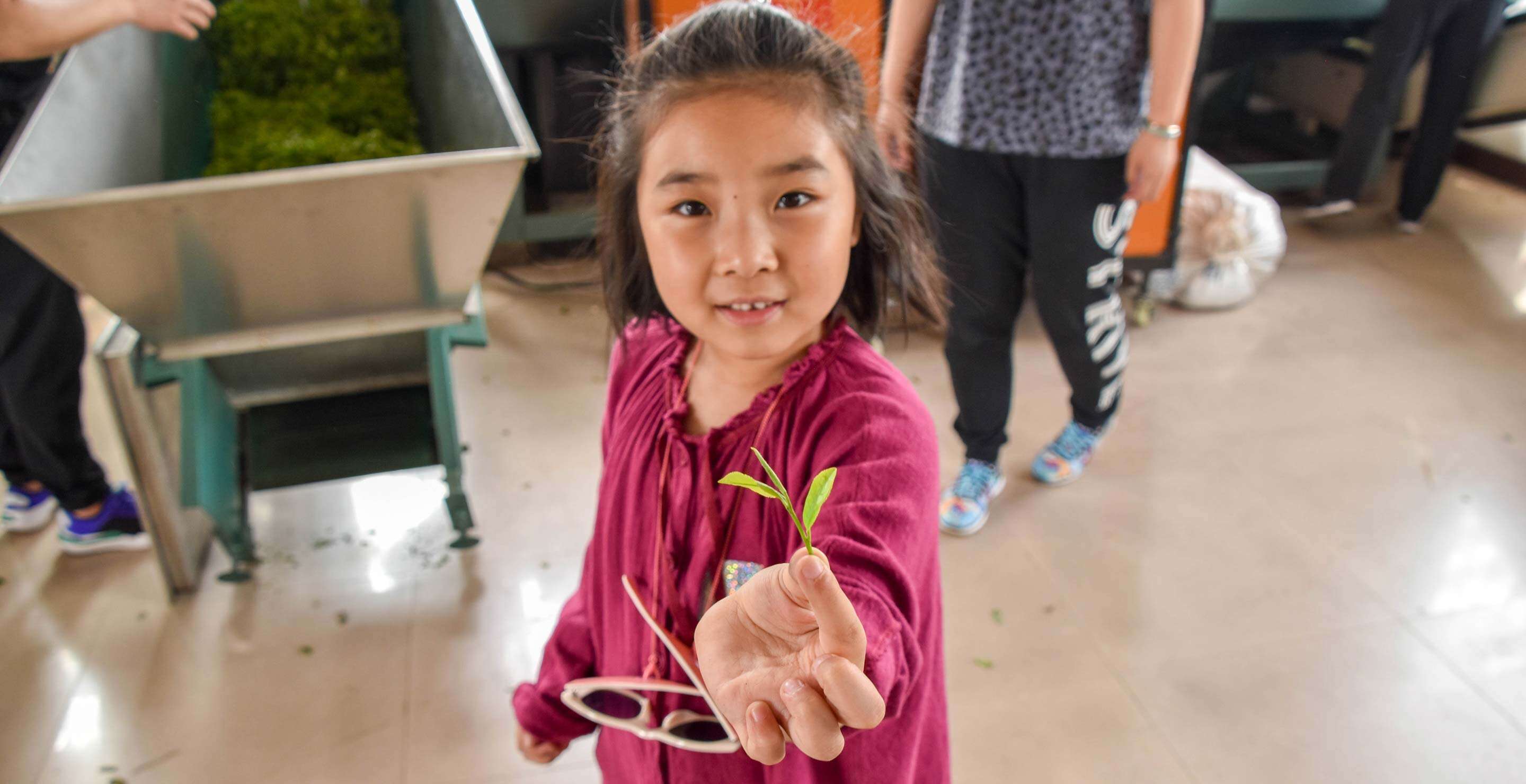
Tea has changed dramatically over its thousand years of history. From eating the plant’s leaves, to simmering bitter tea with salt and onion medicinal soups… from whisked matcha to the full-leaf teas we drink today, tea is always pushing our idea of taste, smell, and texture.
In a chipped glass tumbler or an elaborate gongfu set-up, tea challenges us to appreciate beauty in the smallest ways. Tea – this hearty, stubborn little evergreen – has changed human history. If there is one way for farmers like the He Family to honor tradition, it by continuing to innovate while improving, exploring, and making history.

Make a Choice – the power is in your hands
As consumers, we are at a crossroads. It is easier than ever for us to support small farming, and the innovation, quality and stewardship of the land that comes with it.
It is also easier than ever to forgo our relationship with the land, to bargain buy in packaged lots, to price-shop and save a few cents now only to pay back later ten-fold in the cost of health care and environmental crisis management.
The power of the consumer is heard around the world. Speak loudly. Seek out the highest quality in all things. When farmers and craftsmen take risks to advance sustainability and develop higher quality products, it is our responsibility to honor their work, take a small risk of our own and support them.
This is why the He Family inspires us. They remind us of those thousands of quiet visionaries, and of the wholly positive changes we can make together to support innovation in the tea industry.

This article was originally published on June 20th, 2014.
It was updated 7/19/19 with new photos and updated page links.


 How To
How To Myths & Legends
Myths & Legends Travelogue
Travelogue Tasting Journal
Tasting Journal Talking Shop
Talking Shop Tea 101
Tea 101 Watch
Watch Teaware
Teaware News
News
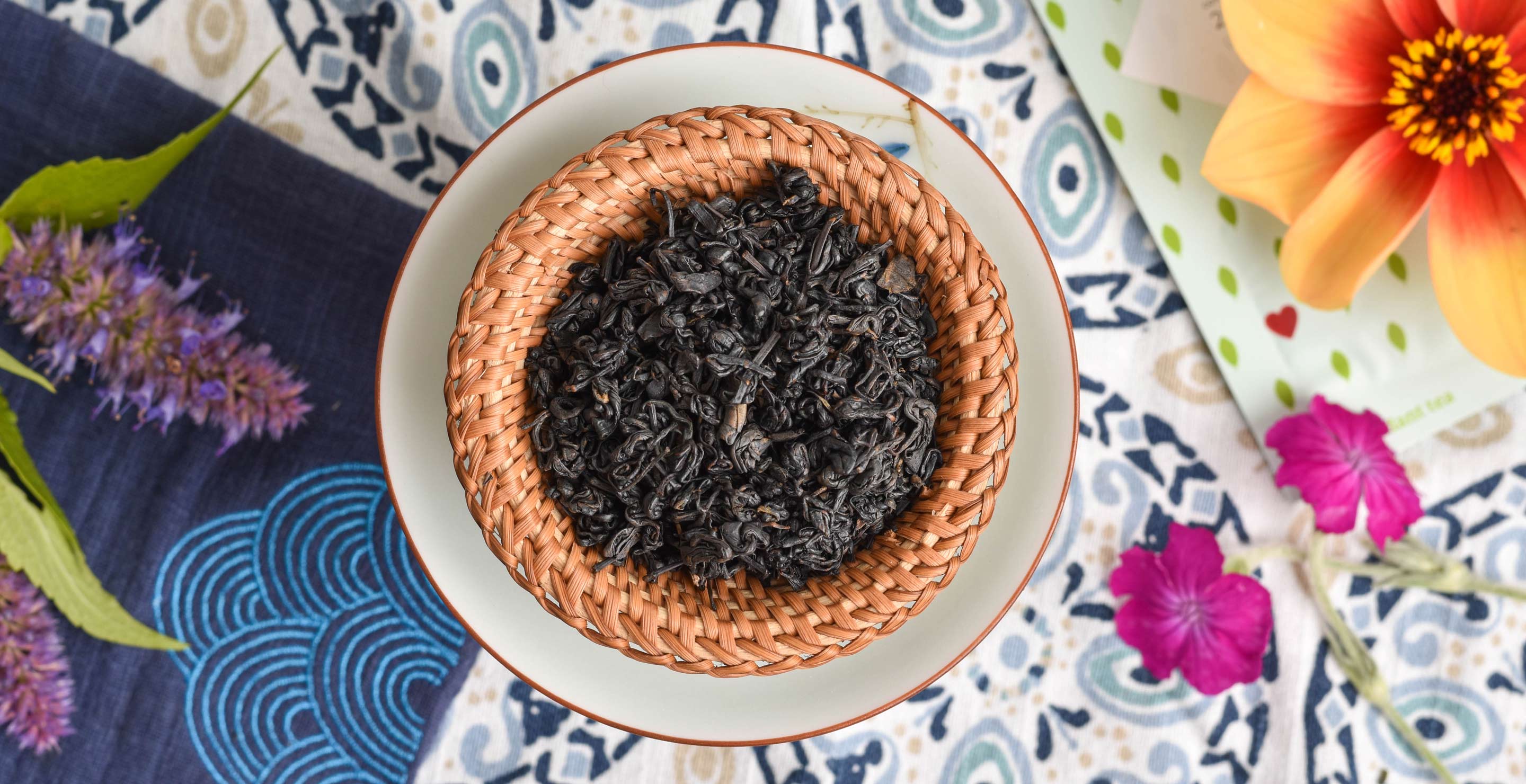
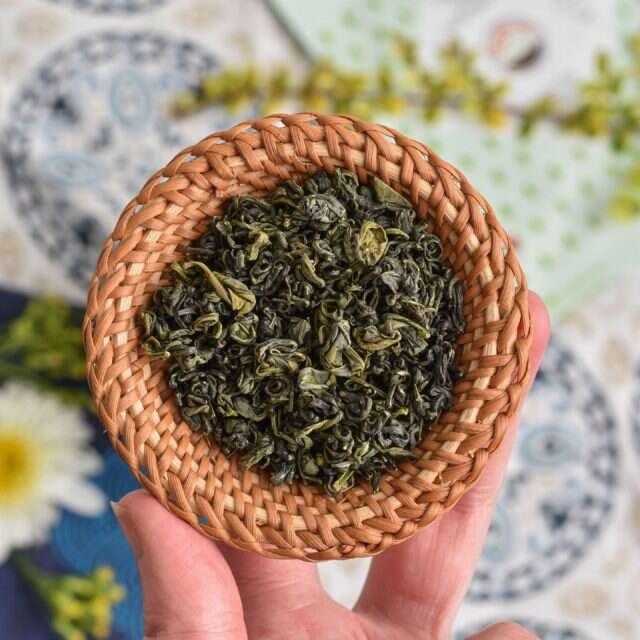





Leave a Reply